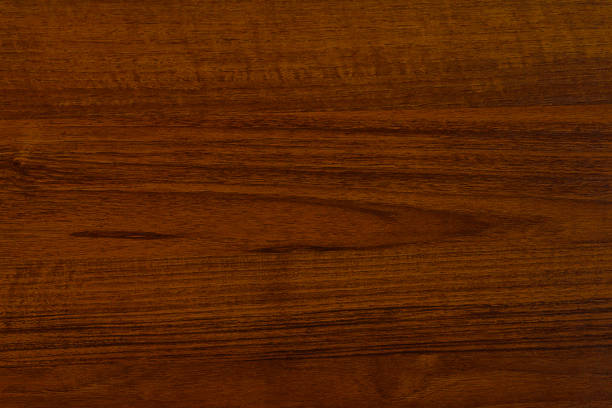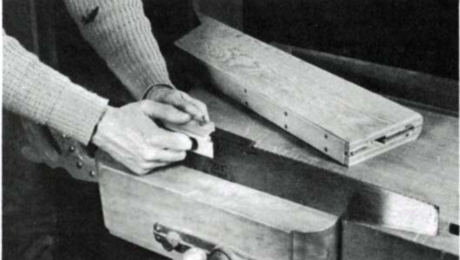Woodworking With Mahogany – Tips When Working With the Revered Species of Wood
Mahogany is known greatly as one of the most beautiful species of wood. You don’t need to be an expert in building furniture to appreciate its beauty because even the plainest boards look stunning with their deep and coppery-red shade. Since the 1500s, people have found that mahogany wood has a lot of qualities that are more than suitable for fine furniture making. If you’ll be woodworking with mahogany, you should know a couple of things about this type of wood.
Types of Mahogany
When making your mahogany project, know that four Latin American species fall under the genus Swietenia. You have bigleaf mahogany, Caribbean mahogany, Venezuelan mahogany, and Honduran Mahogany. If you’re selecting the type you should be using, you’ll find that most experts will greatly recommend the bigleaf because they dub it as the “real” mahogany. Mahogany can also go by the name caoba or acajou and has a higher value for being a prized type of wood.
Benefits of Using Mahogany
If you’re looking for a wood that’s not just beautiful but is also fairly easy to work with, you won’t regret using mahogany for projects. Most woodworkers say that mahogany’s easy to handle whether you’re using hand or power tools. Unlike some types of hardwoods, mahogany easily takes glue, screws, and nails.
When it comes to stains, mahogany takes it excellently and will give you a beautiful high-gloss finish. When woodworking with mahogany heartwood, you’d be impressed with how strong and durable it will be and you may use it for veneers, boat decks, and just about anything.
Buying Mahogany
When buying your lumber check out the wood’s grade rating from the National Hardwood Lumber Association and ask for Selects, FAS, or FAS 1-face grades because these are top-notch indicators of quality for hardwoods.
You should also inspect the price range and always ask the opinion of hardwood dealers. Go to different stores and dealers to compare price differences between the grade ratings. It will help you decide whether the highest grade of mahogany is needed for the project you’re working on as it can also be more expensive.
Age does matter so ask how it will impact your project. Compare the shades – you’ll find either red to light pink or even yellow if it’s freshly cut. If you want older varieties, look for those which are dark red to brown.
Proper Sanding and Finishing of Mahogany
Remember that when woodworking with mahogany, gradual sanding is key. Start with a 120-grid and decide whether you’d like to have a very smooth finish and close up the pores on your wood’s grain. If you’ll use a wood filler, always read the instructions when mixing with a paint thinner. Fillers usually dry completely for at least 24 hours before you can start sanding again using 150-grit sandpaper.
Once you’re done sanding, use a staining brush or even an ordinary cotton cloth to apply your stain – be sure to wipe off the excess. Finally, apply a protective coat such as tung oil, shellac, or polyurethane to complete your masterpiece.




